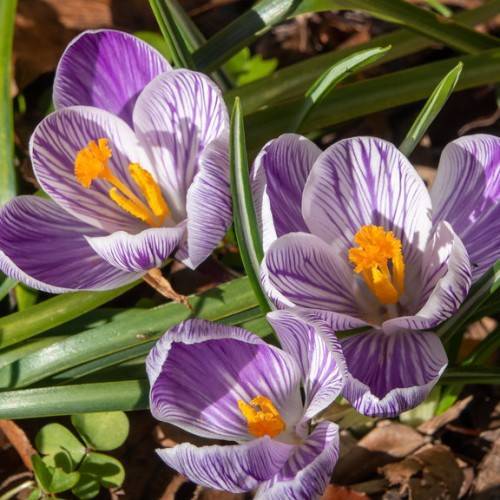
fall flowering crocus
Crocus speciosus
Also Known As - Bieberstein's crocusCycle:
Herbaceous Perennial
Watering:
Minimal
Hardiness Zone:
4
Flowers:
Flowers In Autumn
Sun:
Full sun, Part sun/part shade
Soil:
Well-drained
Fruits:
Fruits Ready In Fall
Leaf:
Yes
Growth Rate:
Low
Maintenance:
Low
Drought Tolerant:
Yes
watering
Fall flowering crocus (Crocus speciosus) should be watered every 2-3 days when they are in full bloom and just beginning to form buds. During each watering, the soil should be moistened and all excess water drained away. Once the flowers have faded, make sure to reduce the frequency of watering and only water when the soil almost dries out. When not in bloom, allow the soil to dry out between waterings. Keep an eye out for signs of excessive turnover as too much water can cause the plant to rot.
sunlight
The fall flowering crocus (Crocus speciosus) should receive full sun in the spring and early summer. However, once the blooms appear in the fall this plant does best in part-sun to part-shade. When the blooms appear, you should aim to provide it with up to 4 hours of direct sunlight and 8-10 hours of indirect light per day for best flowering. If the intensity of the sun is too strong during the summer months, you should provide the plant with light shade to protect it against burning and wilting.
pruning
When to Prune: Fall flowering crocus should be pruned after blooming. How Much to Prune: To promote healthy blooms in future years, remove flower heads as well as any dead or damaged foliage. Pruning back to about 2 inches above the ground will also help keep the crocus looking neat and tidy. Not pruning away the foliage can also reduce blooms in future years.
